Hiroshima Style Okonomiyaki (Japanese Savory Pancake)
Hiroshima-style Okonomiyaki
One of my favorite Japanese foods is okonomiyaki. “Okonomi” means, “what you prefer or like”, and okonomiyaki is a savory Japanese pancake made with only those ingredients that you like.
Both my parents have roots in Hiroshima, Japan so it’s no wonder I grew up eating Hiroshima-style okonomiyaki. This is where all of the ingredients are cooked in layers.
Okonomiyaki differs based upon the region in Japan. For example, in the Kansai region, the okonomiyaki ingredients are scrambled with the batter, similar to a frittata. In Tokyo, there is a type of okonomiyaki called monjayaki where the batter is very thin and gooey.
While I’ve tried all different types of okonomiyaki, Hiroshima-style is my favorite.
If you’re ever in Japan, there’s an area in Hiroshima City called “okonomi mura” or okonomiyaki village, where there are over 20 okonomiyaki vendors in one building. It’s great! Every time I go back for a visit, okonomi mura is a must-stop location.
Although these days I don’t get to Japan too often, there are a few Japanese restaurants that serve okonomiyaki in Los Angeles and Orange County, but my family always makes it at home. Nothing beats homemade okonomiyaki.
My dad is an expert at cooking okonomiyaki over an open table-top pan or what we call, teppan. During a recent visit with my parents, my dad tutored me on his expert technique.
COOKING TIP: If you don’t already have one, I highly recommend investing in a teppan, table-top pan. It’s surface area is larger than a typical grill or frying pan and it’s great for teppanyaki, yakisoba, large breakfasts and more!
But first, the ingredients.
My mom prepares the batter and all of the ingredients for making okonomiyaki – dad doesn’t help with this – so I help. My dad just cooks it and he doesn’t want help with this – so I watch and learn. He’s kinda like a man with his BBQ grill, only it’s a Japanese man with his teppan and 2 metal spatulas. :)
Mom & Dad’s Hiroshima Style Okonomiyaki
(Makes 4)
For batter:
- 1 cup water
- 1 egg
- 1/2 cup okonomiyaki kona (batter)
For okonomiyaki pancake:
- Canola oil
- Kezuriko (dried shaved mackerel)
- Katsuobushi (dried bonito flakes)
- Beni-ebi (sakura / dried shrimp)
- 1/2 cabbage
- 1 bag of moyashi (bean sprouts)
- Satsuma-age (fried fish cake)
- Shabu-shabu beef (very thinly sliced beef typically used for shabu-shabu)
- 2 packages of yakisoba noodles (with some of the seasoning packet)
- 4 eggs
For topping:
- 2 green onion stalks
- Okonomiyaki sauce
- Kizami nori (sliced black seaweed)
- Aonori (green seaweed)
- Black pepper
- Lite Mayo (Japanese brand Kewpie Mayonnaise is a family favorite)
My mom uses a prepared okonomiyaki batter. You will find several brands at the Japanese market, but they fall into 2 primary types: 1) with seasoning, i.e. shrimp flavored, bonito flavored etc. and 2) unseasoned batter – which is what my mom uses. She builds the flavor into the okonomiyaki using a variety of ingredients, and it’s absolutely delicious.
This okonomiyaki batter that I bought contains yamaimo.
(My favorite Japanese mountain yam for making tororo and yamakake soba).
1) Combine 1/2 cup okonomiyaki kona, 1 cup water, and 1 egg. Use whisk to mix until the batter is smooth. Set batter aside.
2) Slice cabbage into lengthwise pieces, place in a bowl and cover with a wet paper towel. Microwave on high for 2 minutes. This slightly pre-cooks the cabbage and shortens the cooking time on the teppan. You’ll find that the other ingredients cook very quickly such as the thin meat and egg, while the remaining ingredients are pre-cooked so it’s just a matter of warming them up.
3) Yakisoba typically comes with 3 noodle packs per package. We use 2 noodle packs. Open one end of each noodle pack and microwave for 1 1/2 minutes on high. This loosens the noodles and is a short-cut to boiling them.
Heat 1/2 tablespoon canola oil in a medium frying pan, and pan fry noodles until they are tender. Add 1/4 teaspoon of only 1 seasoning packet, distributing the seasoning evenly over noodles, toss and remove from heat. Set aside.
4) This step is very important: set-out your teppan on the dining table. We like to sit around the table and cook while socializing and eating. :) Heat teppan to medium-low heat, and using a brush or paper towel, coat the teppan with about 1 1/2 tablespoons of canola oil.
5) Pour about 5 – 6 tablespoons of okonomiyaki batter on the teppan, spreading it out using the bottom of the ladle in a circular motion until desired size. Use less or add more batter depending on how big you want your okonomiyaki. The batter is thin so you’ll need to work quickly to shape your pancake.
We usually make ours with a diameter of 4 – 5 inches. It’s easier to flip over (yes, it must be flipped – this is why dad is the expert) when the okonomiyaki is a manageable size.
Oh, and if your okonomiyaki spreads into a funny shape, don’t worry, you can trim it later to make a pretty circle. We do that sometimes. :)
6) While the pancake is still wet, quickly sprinkle a layer of kezuriko. This really helps to build good flavor, and according to the package it can also be used to help season other foods such as yakisoba, cha han (fried rice), and takoyaki.
7) Quickly sprinkle katsuo bushi over the kezuriko. Be generous with this! Again, it helps to build flavor.
At this point, the okonomiyaki should look something like this.
8) Spread a generous layer of cabbage and top with beni ebi. Use the beni ebi sparingly.
9) On top of the cabbage and beni ebi, next spread a layer of satsuma age. My mom likes to buy something called, “Gobo-Tenpura” or “gobo-ten”, for short. This is basically fried fish cake with burdock root.
There all different types of satsuma-age or fried fish cake at the asian market. It typically comes in a flat round or rectangular shape. Cut the satsuma age into thin pieces. Be generous when adding this to the okonomiyaki as this adds great flavor. :)
At this point, the okonomiyaki should look something like this.
Note: This okonomiyaki doesn’t include the beni ebi because my dad forgot to add it and I didn’t catch it either. With so many ingredients sometimes our okonomiyaki is missing an ingredient, and we end up throwing it on top after it’s done cooking. :) No worries! It will still taste great!
10) We use thinly sliced shabu-shabu beef from Safe & Save Market in West Los Angeles. I stock-up on this whenever I visit my parents and store it in the freezer.
Other types of meat can also be used. Sometimes we make combination okonomiyaki with thin slices of pork and beef. Other times, we use seafood such as shrimp and squid in addition to the meat. The seafood adds a great layer of flavor and is a good compliment to the meat. Below is a okonomiyaki with both squid rings and beni ebi layered on top of cabbage.
11) Spread some yakisoba noodles over the meat. I love noodles, so I’m very generous with these. They get a little crispy as the okonomiyaki cooks and it’s oh-so-yummy!
12) Until recently, at this point, my dad would flip the okonomiyaki over, and let the meat cook. Then my dad would lift the okonomiyaki up, using two spatulas, and my mom, my brother or I would crack 1 egg on the teppan, break the yolk, and my dad would lay the okonomiyaki back down, on top of the egg.
Apparently, over the years there were one too many times where we were otherwise-preoccupied (talking too much, playing with bebies, playing WII, watching TV or whatever…) and unable to perform this task. We were unreliable. So my dad became self-sufficient.
He started creating a ring of yakisoba noodles on top of the meat, leaving the center open (like a doughnut) so that he could crack the egg himself and put it right smack in the middle of the “doughnut”.
My dad’s new okonomiyaki technique.
I call my dad’s new technique, “the new way”. And when he’s cooking mine, I ask him to make mine, “the old way” because I like it better. You see, “the old way” involves MORE of my favorite noodles because I get a whole layer of noodles, not just a sparse ring of noodles. I also like the old way because I have the chance to do my part by cracking the egg – – – I felt like I was part of the okonomiyaki-making-team!
Anyway, dad laughs at my request for “the old way” but he proceeds to make mine “his way”. This means that he doesn’t create a ring of noodles, he lays out a thick layer of noodles, then cracks the egg on top of all of the noodles, then flips it over – ALL by himself. Look how perfect my dad makes this.
Oh, and he says the secret to a good “flip” is waiting until the okonomiyaki pancake is firm and a deep golden brown color.
13) After the egg, meat, seafood, and cabbage cook for about 5 minutes, the okonomiyaki is ready to eat.
14) We use large plates when we eat okonomiyaki, but first, we pour some okonomiyaki sauce on the plate and sprinkle some katsuo bushi on top, then my dad puts the okonomiyaki on the plate for us.
This is the aonori (green seaweed flakes) and okonomiyaki sauce we always use as our topping.
My cousin in Japan works for this sauce company, Otafuku. Not sure what he does there, but they make best okonomiyaki sauce – sweet, savory – delicious! We’re brand loyal when it comes to okonomiyaki sauce. I encourage you to try this. :)
15) Pour more sauce on top of the okonomiyaki, then add optional toppings such as: katsuobushi (dried bonito flakes), aji nori (seasoned dry seaweed), ao nori (green nori flakes), mayonnaise (YES, mayo!), chopped green onions, and a dash of black pepper. Sounds crazy, and maybe only for the brave, but once you try it, you’ll be hooked!
This is my Hiroshima-style okonomiyaki that I ate for dinner!
If you have any questions or would like to leave me comment, please do so! I would love to hear from you.
Judy | bebe mama
- FOR BATTER:
- 1 cup water
- 1 egg
- ½ cup
- okonomiyaki kona (batter)
- FOR OKONOMIYAKI PANCAKE:
- Canola oil
- Kezuriko (dried shaved mackerel)
- Katsuobushi(dried bonito flakes)
- Beni-ebi (sakura / dried shrimp)
- ½ cabbage
- 1 bag of moyashi (bean sprouts)
- Satsuma-age (fried fish cake)
- 12/ pound shabu-shabu beef (very thinly sliced beef typically used for shabu-shabu)
- Fresh or frozen calamari (squid) rings
- 2 packages of yakisoba noodles (with some of the seasoning packet)
- 4 eggs
- FOR GARNISH:
- 2 green onion stalks
- Okonomiyaki sauce
- Kizami nori (sliced black seaweed)
- Aonori (green seaweed)
- Black pepper
- Lite Mayo (Japanese brand Kewpie Mayonnaise is a family favorite)
- Combine ½ cup okonomiyaki kona, 1 cup water, and 1 egg. Use whisk to mix until the batter is smooth. Set batter aside.
- Slice cabbage into lengthwise pieces, place in a bowl and cover with a wet paper towel. Microwave on high for 2 minutes. This slightly pre-cooks the cabbage and shortens the cooking time on the teppan. You'll find that the other ingredients cook very quickly such as the thin meat and egg, while the remaining ingredients are pre-cooked so it's just a matter of warming them up.
- Wash moyashi (bean sprouts) and cook in microwave on high for 1 minute.
- Slice satsuma-age (fried fish cake) into thin, lengthwise pieces.
- Open 2 packs of yakisoba noodles. Microwave for 1½ minutes on high. This loosens the noodles and is a short-cut to boiling them. Heat ½ tablespoon canola oil in a medium frying pan, and pan fry noodles until they are tender. Add ¼ teaspoon of only 1 seasoning packet, distributing the seasoning evenly over noodles, toss and remove from heat. Set aside.
- Set-out your teppan on the dining table. Heat teppan to medium-low heat, and using a brush or paper towel, coat the teppan with about 1½ tablespoons of canola oil.
- Pour about 5 - 6 tablespoons of okonomiyaki batter on the teppan, spreading it out using the bottom of the ladle in a circular motion until desired size. Use less or add more batter depending on how big you want your okonomiyaki. The batter is thin so you'll need to work quickly to shape your pancake. We usually make ours with a diameter of 4 - 5 inches. It's easier to flip over when the okonomiyaki is a manageable size.
- ) While the okonomiyaki batter is still wet, quickly sprinkle a layer of
- kezuriko. This really helps to build good flavor. Also sprinkle katsuo bushi (dried bonito shavings) and beni ebi (dried sakura shrimp) over the kezuriko.
- Spread a generous layer of cabbage
- On top of the cabbage, spread some moyashi (bean sprouts). Next spread a layer of satsuma age.
- Add layer of meat and calamari (squid) rings.
- Spread some yakisoba noodles over the meat.
- Crack 1 egg on the teppan, break the yolk, and flipping over the pancake, lay the okonomiyaki back down, on top of the egg, beef side down.
- After the egg, meat, seafood, and cabbage cook for about 5 minutes, the okonomiyaki is ready to eat.
- Before plating the okonomiyaki, pour okonomiyaki sauce on the plate and sprinkle some katsuo bushi on top, then place the okonomiyaki on the plate, pancake side up.
- Garnish okonomiyaki: Pour more sauce on top of the okonomiyaki, then add optional toppings such as: katsuobushi (dried bonito flakes), aji nori (seasoned dry seaweed), ao nori (green nori flakes), mayonnaise, chopped green onions, and a dash of black pepper.



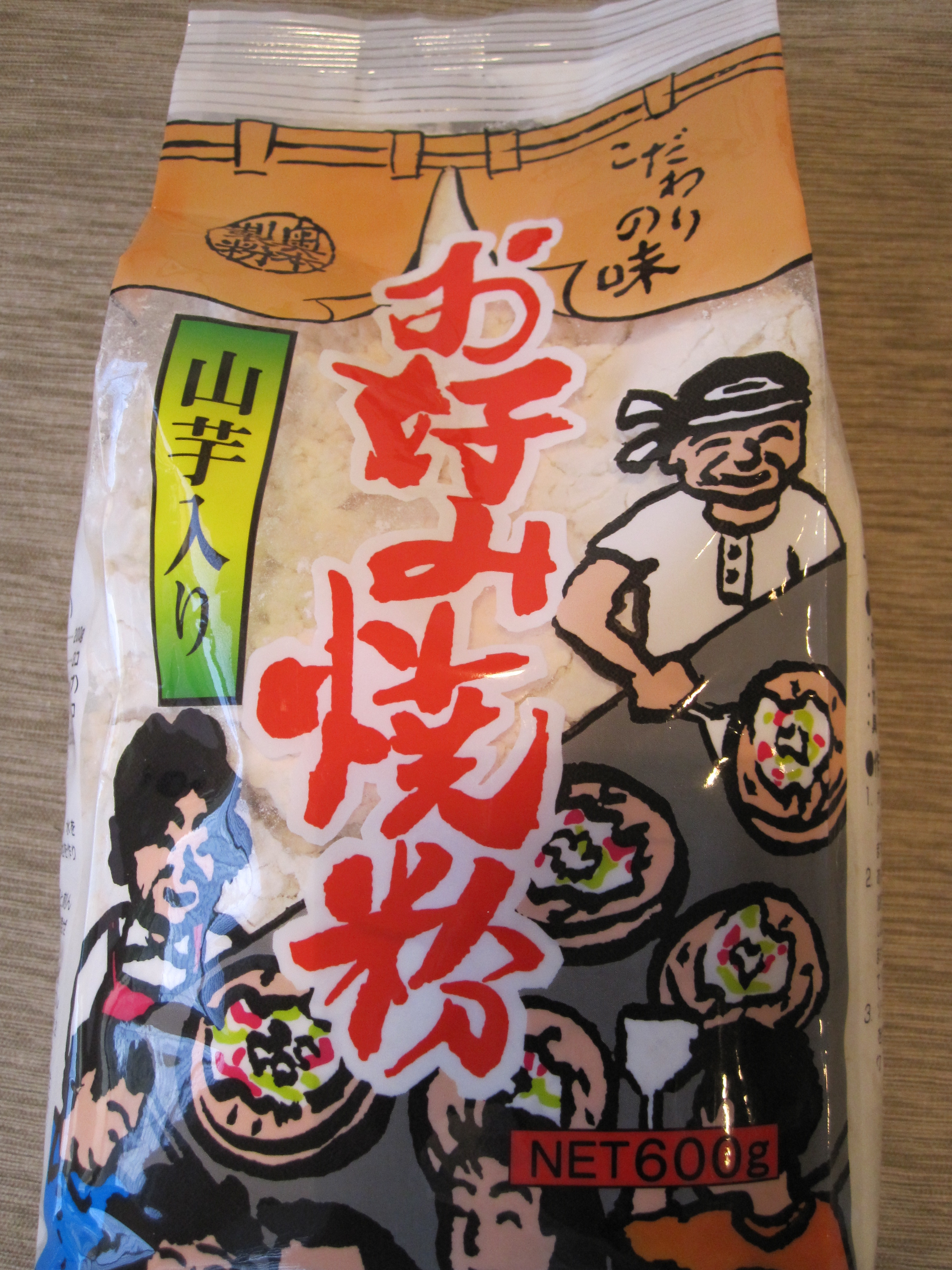
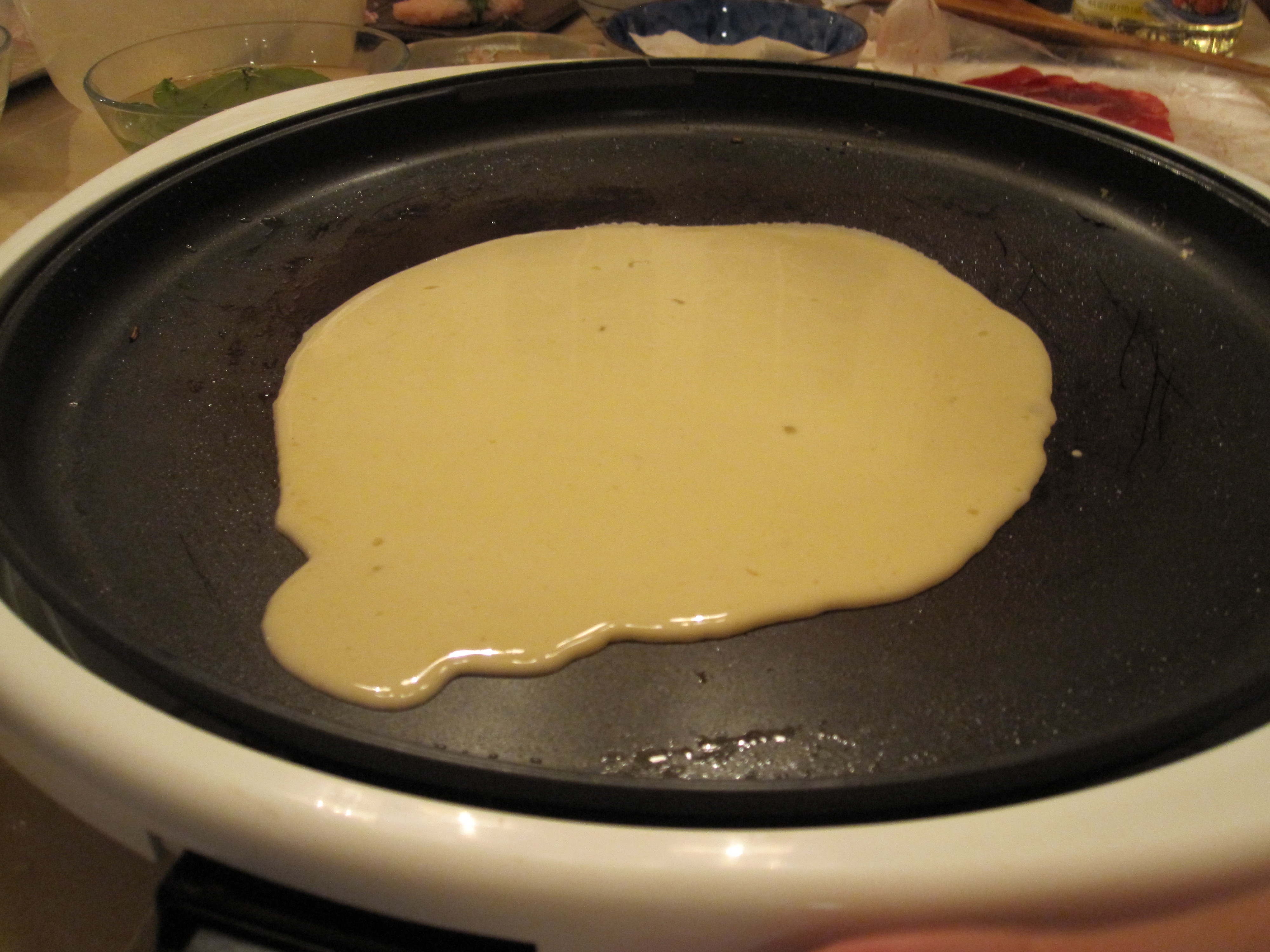

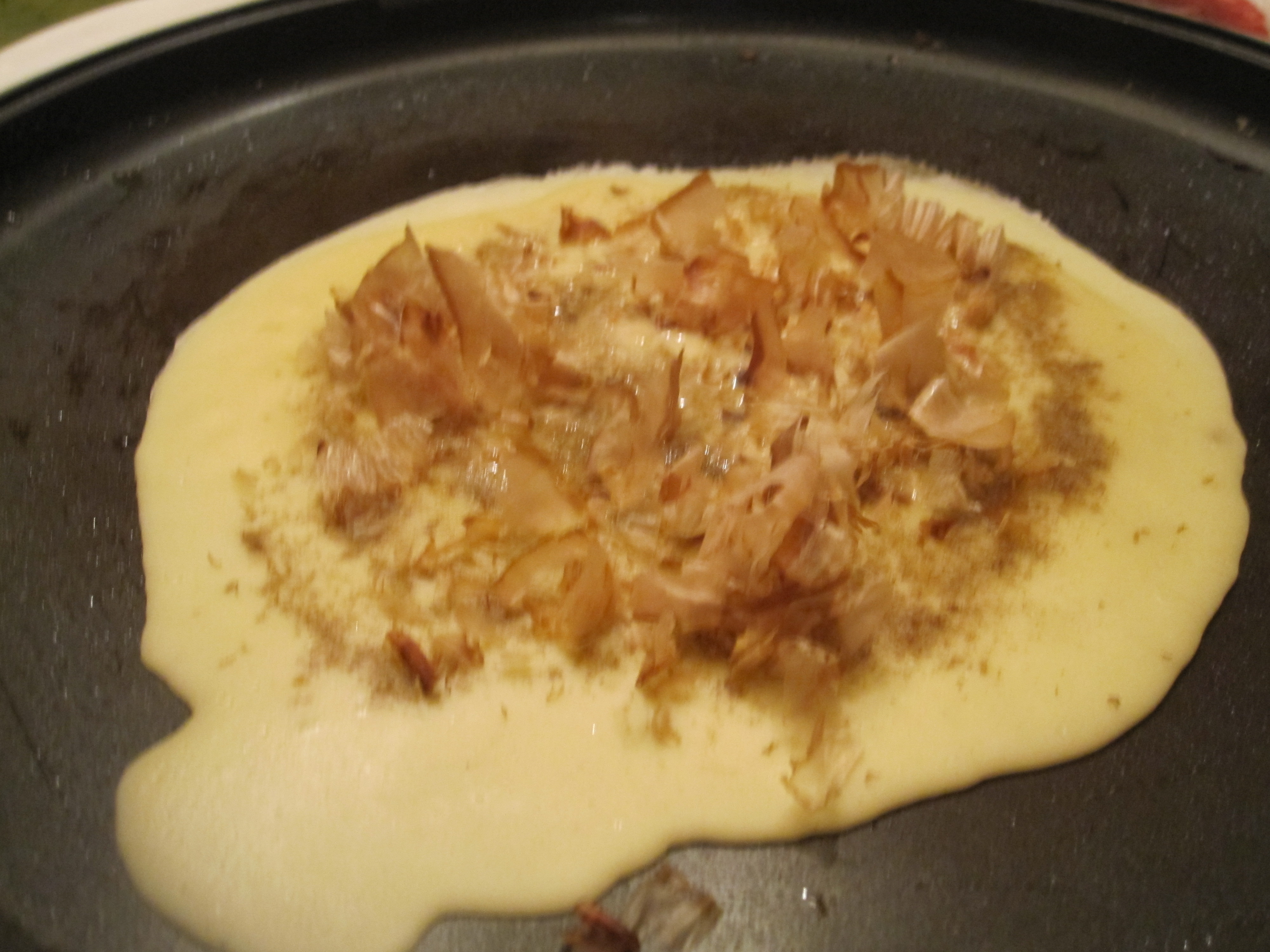
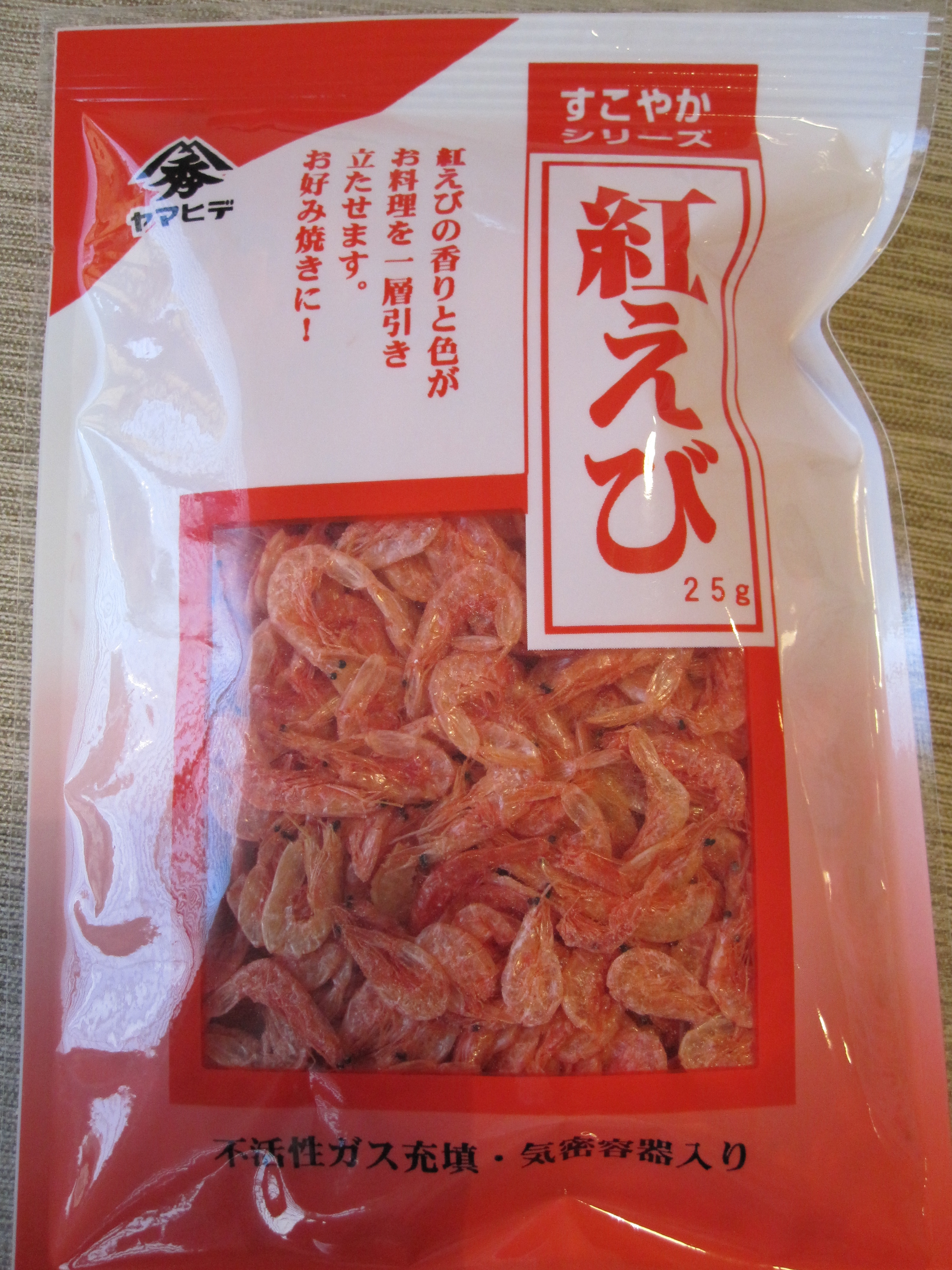

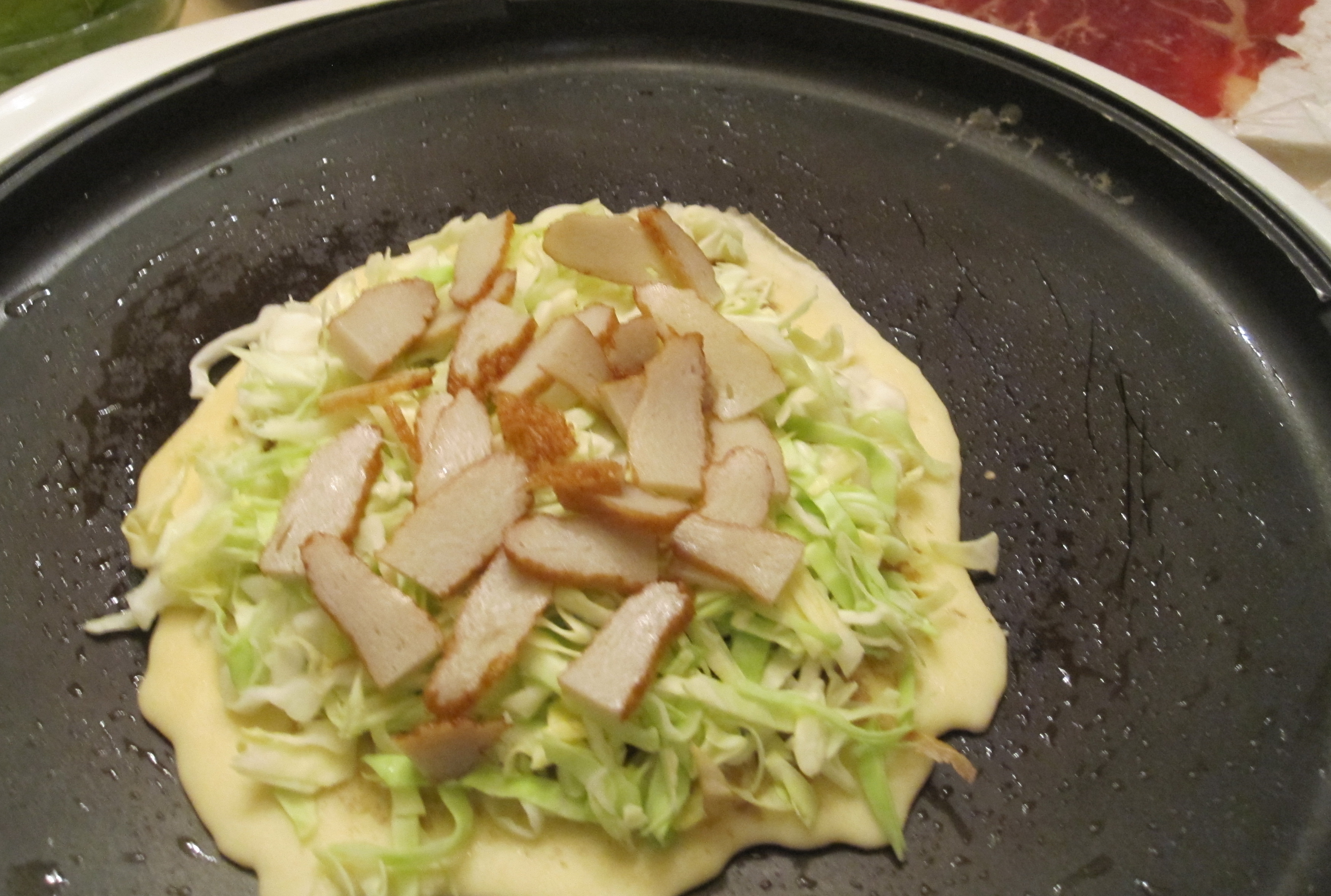

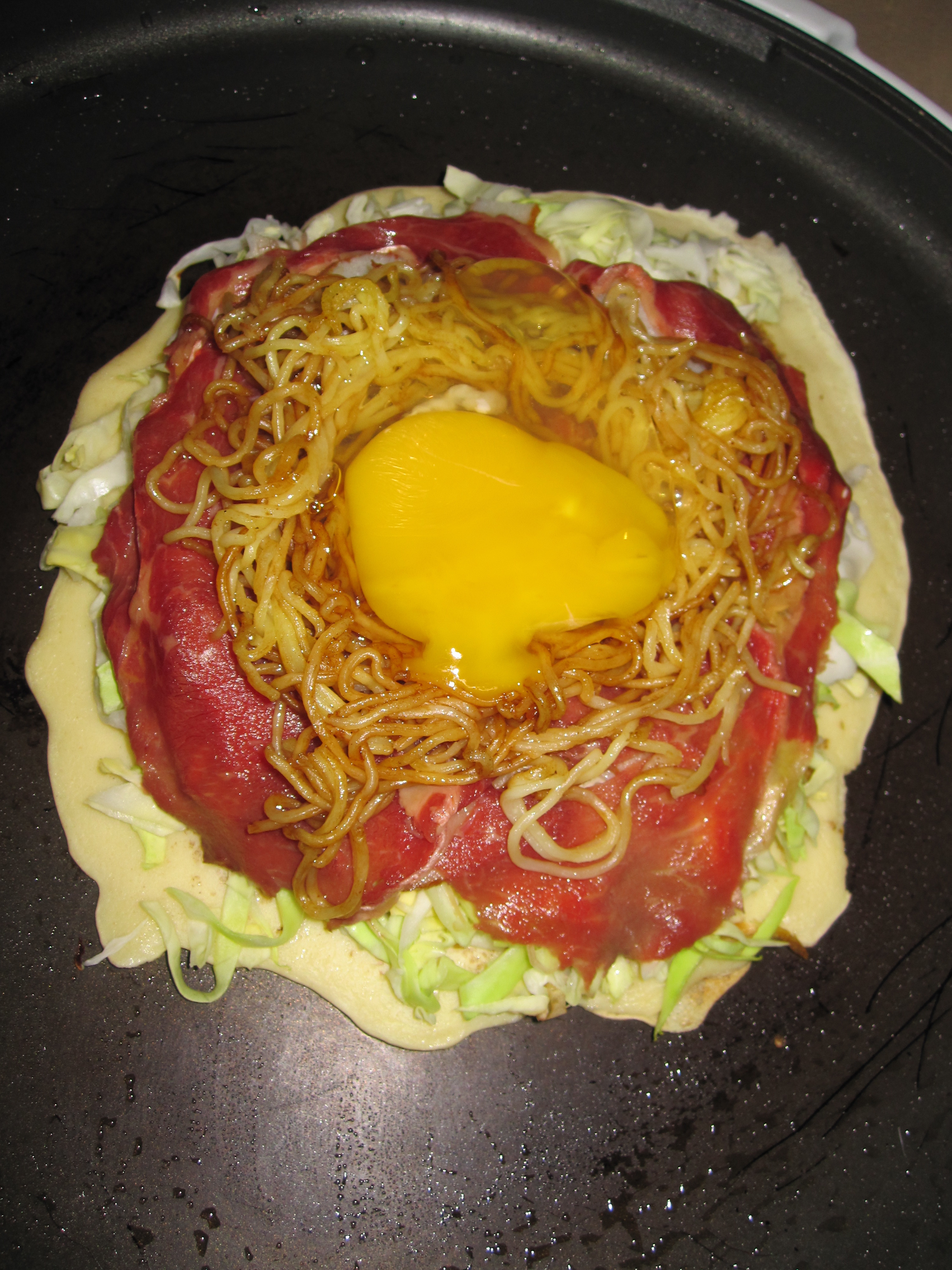


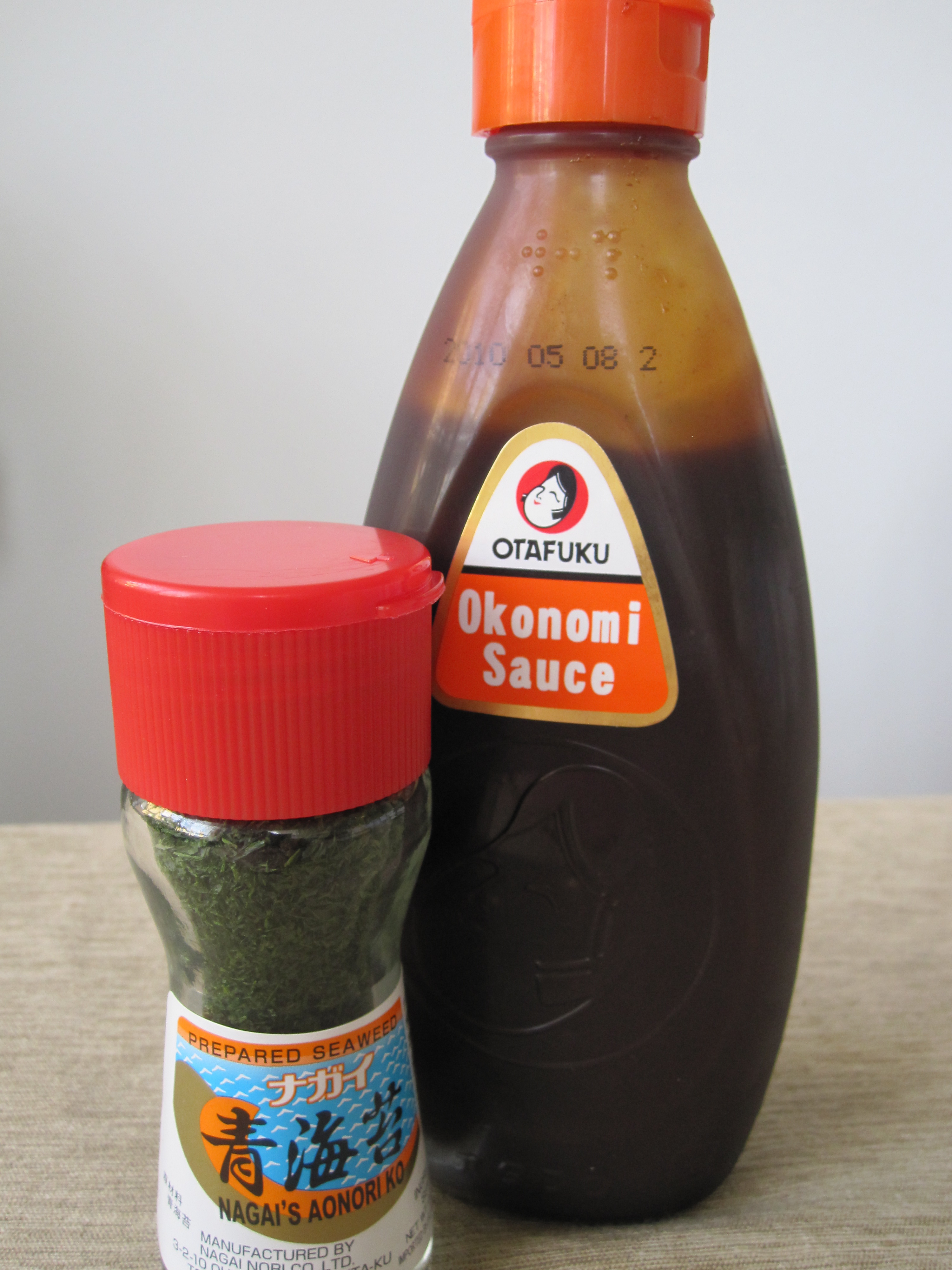
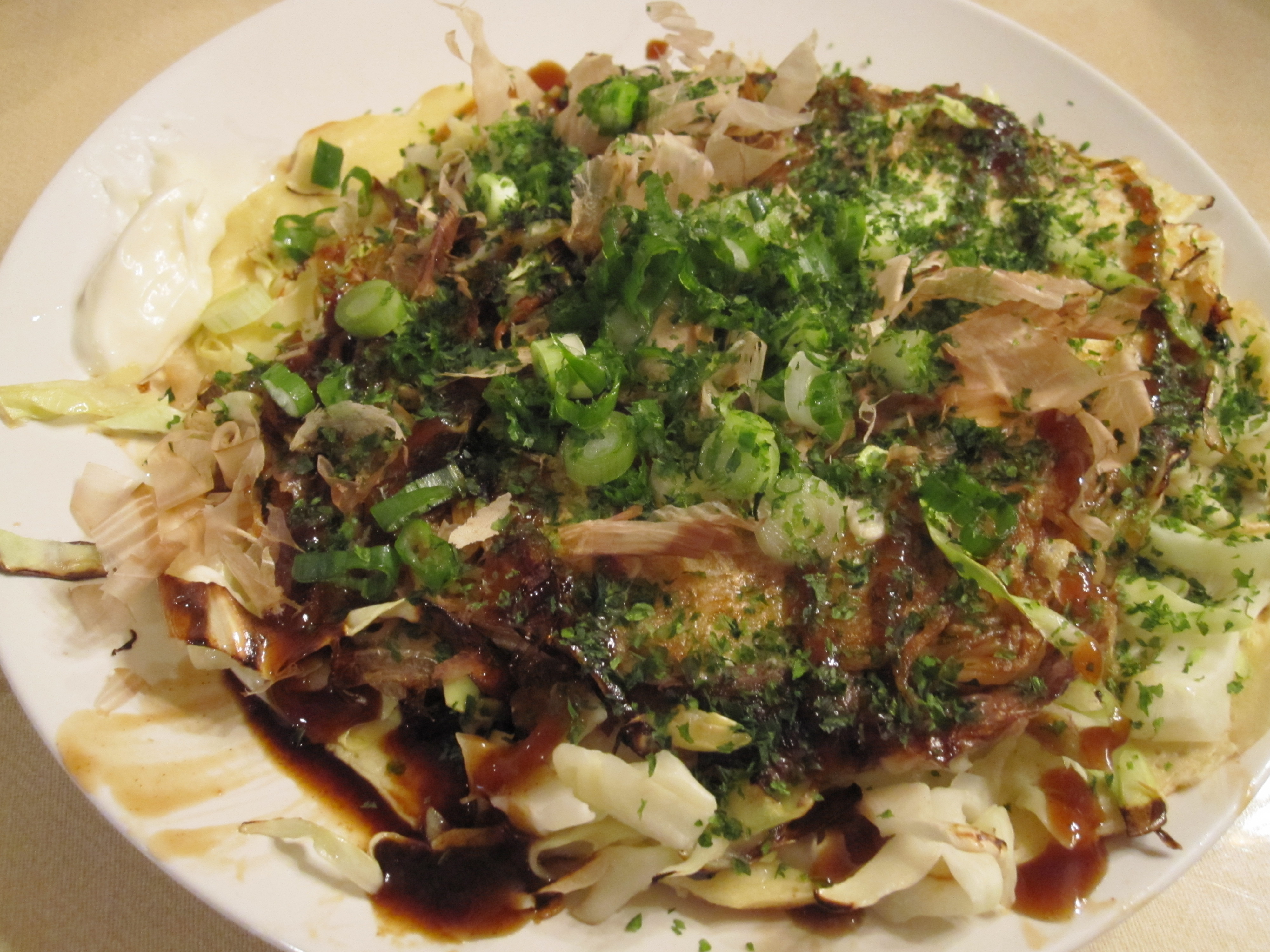
10 Comments